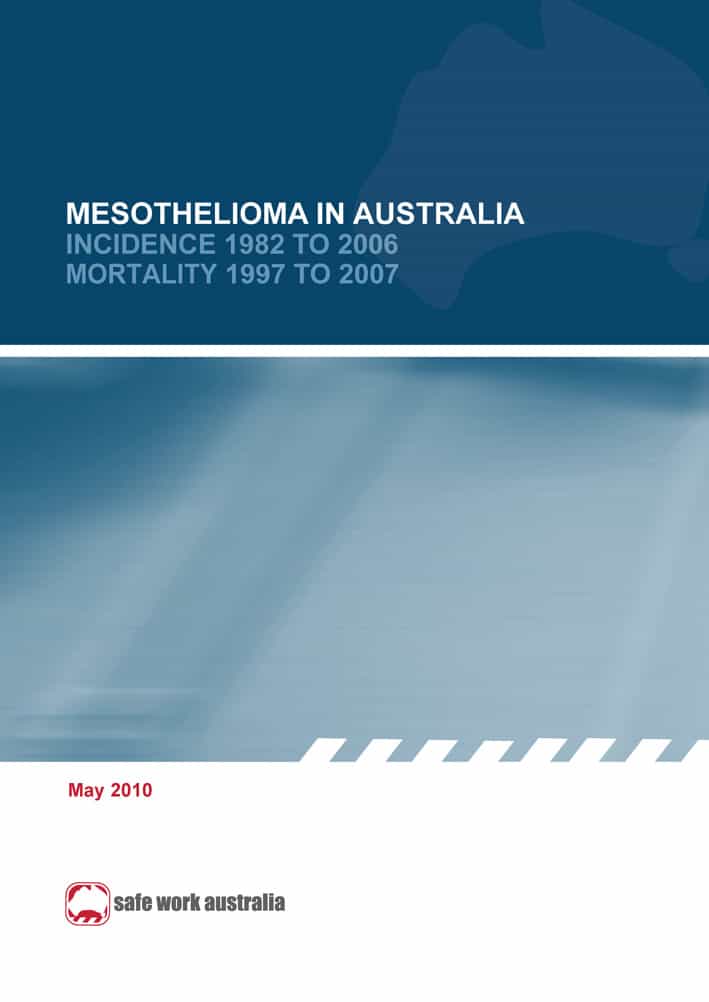On 20 May 2010 a Victorian magistrate fined an employer over $A500,000 following a workplace prosecution. Almost all of it went to charity, according to WorkSafe Victoria.
There are several issues raised by Magistrate Vandersteen’s decision:
- Why to charity?
- Why the particular charities?
- Why not allocate the funds to OHS-related organisations or initiatives?
- Why does the Magistrates’ Court not make court decisions publicly available?
The workplace incident that started this case was that in August 2008, a 40-year-old man had his arm ripped out of the socket when it became tangled in an unguarded post peeler. He was taken to hospital by an emergency ambulance helicopter where his life was saved. Continue reading “Important OHS court decisions go unreported”



